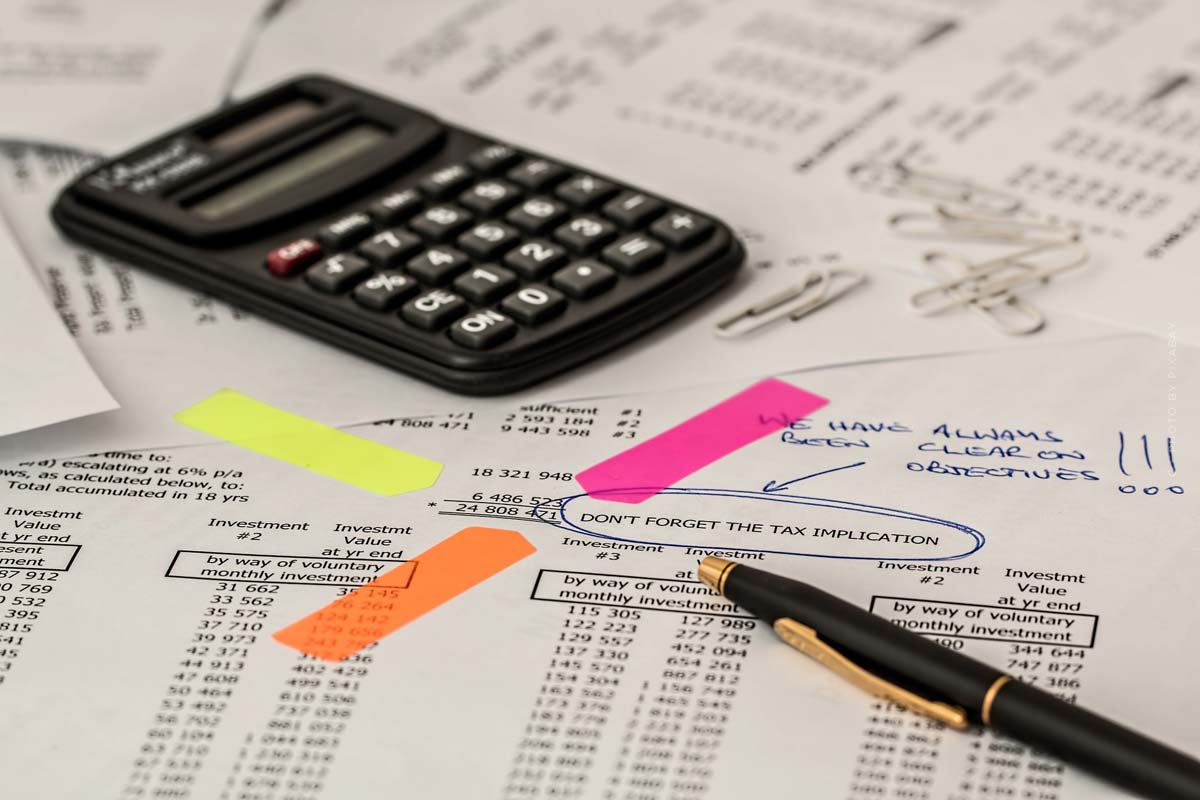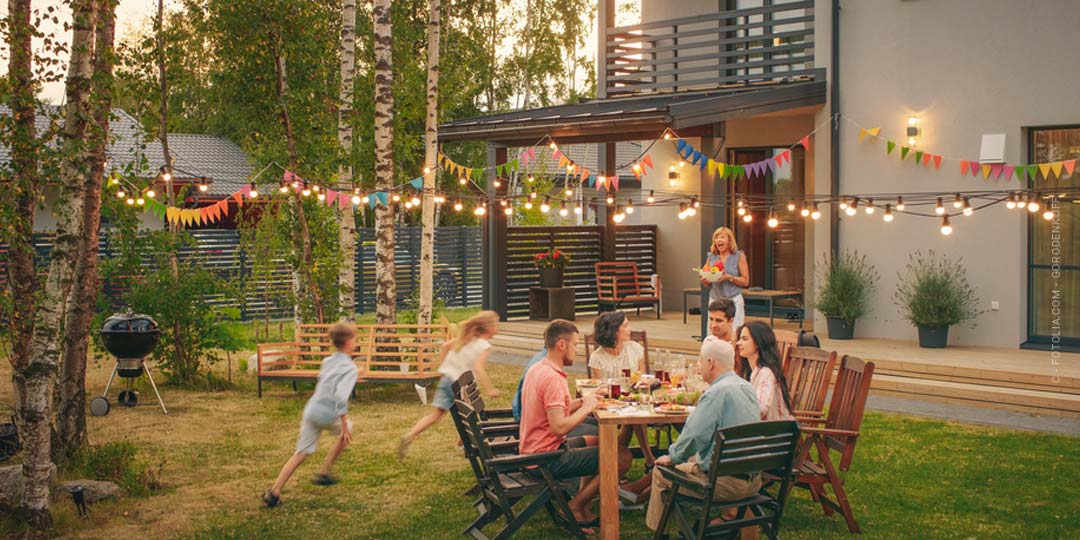Power connection – Laying three-phase alternating current, stove & costs
Power connection – A power connection refers to a power connection of at least 400 volts. This is usually found in a kitchen or garage and is used to connect appliances with a high current load, such as an oven, stove or sauna. Heavy current is actually called three-phase alternating current because of the three phases from the cable. Sometimes it is also called three-phase current because it is used for appliances with a rotary motor, such as a potter’s wheel. Even laymen can lay a power cable without any problems, but for connecting it you have to get an expert to avoid legal and health consequences. So retrofitting is not a problem if you plan it well and get an electrician to help. Depending on the project, it costs between €120 and €500 to install the power connection.
Overview of the power connection
- Designates a power connection with at least 400 volts.
- Is suitable for e.g. ovens, stove & sauna
- Power current = three-phase alternating current or three-phase current
- Laying as a layman no problem
- Connection only by electrician
- Costs: 120€ – 500€
Checking the phase sequence
Here in the video it is shown how the correct order of the phases is determined or corrected.
Create extension line
In this video you will see how to create a 400V CEE extension line and what needs to be considered.
DIY adapter 16A 8A 400V to 230V socket
So you can build an adapter from 16A 400V plug to 230 V socket. Reason for the construction can be devices with high starting currents e.g. compressor or plasma cutter with 230V. Otherwise, the fuse flies quickly times during continuous operation on 230V.
For home: connect electric cooker (400V)
Autarkic ceramic hob connect hob with duspol kitchen 400v heavy current instructions:
Cable drum: Outdoor power connection (camping and caravans)
Meanwhile, camping is usually not only with the most necessary equipment, such as tent, mattress and sleeping bag on the road, but travels instead with a little more luxury. This includes not only mobile phones & Co., but for example in the caravan, motor home or camper, also an electric refrigerator, coffee maker and possibly a heater or air conditioner. For this, of course, you also need electricity, for the large consumers such as Smoke round BBQ, even high voltage current.
You can find more about outdoor electricity / camping here:
- Cable drum (external)
Volt, voltage, resistance?! Basics electrics
The four most basic physical quantities in electricity are:
- Voltage (V)
- Current (I)
- Resistance (R)
- Power (P)
Each of these quantities is measured using different units:
- Voltage is measured in volts (V)
- Current is measured in amperes (A)
- Resistance is measured in ohms (Ω)
- Power is measured in watts (W)
Electrical power, or the wattage of an electrical system, is always equal to the voltage multiplied by the current.
A system of water pipes is often used as an analogy to help people understand how these units of electricity interact. In this analogy, voltage corresponds to water pressure, current corresponds to flow rate, and resistance corresponds to pipe size.
Ohm’s law
In electrical engineering, there is a basic equation that explains how voltage, current, and resistance are related. This equation, described below, is known as Ohm’s Law.
Ohm’s law
V = I x R
Ohm’s law states that voltage is equal to the current flowing in a circuit times the resistance of the circuit.
One way to understand Ohm’s Law is to apply it to the imaginary piping system we have used to represent an electrical system.
Example: Water tank
Suppose we have a water tank connected to a hose. When we increase the pressure in the tank, more water comes out of the hose. So when we increase the voltage in an electrical system, we also increase the current.
If we decrease the diameter of the hose, the resistance increases, so less water comes out of the hose. So if we increase the resistance in an electrical system, we decrease the current.
Tip. House conversion = increase in value
Home remodeling can put an old property to new use. Is it worth the investment before selling the house? Small rooms can be combined. Alternatively, new rooms can be created. Roof conversions or basement conversions can even add new square metres.
This opens up a lot of possibilities for current home residents, but can sometimes make sense if you’re looking to sell your home. Especially for old buildings with small rooms, a conversion can work wonders and appeal to more buyers.
However, conversions involve a lot of effort and a high financial outlay. You should therefore only use it to increase the value of your property if it noticeably improves your chances on the real estate market.





